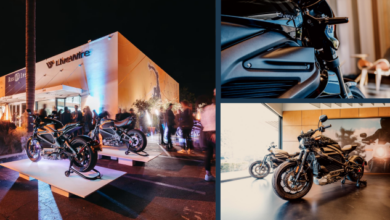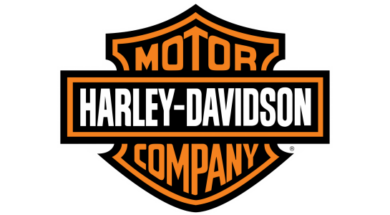Jun. 15, 2009: Billing, access and showcase issues in PG&A
These articles recap some of the opportunities uncovered by Gart Sutton & Associates’ powersports specialists during consulting visits.
These are followed by recommended actions that address the issues. Our goal is to provide ideas to help improve your dealership.
Dealership details
This dealership was a new start-up for Yamaha in 2005. The store recently added a second major product line. They have a new facility with freeway exposure and reasonable access. They have a good reputation for customer service and maintain good CSI scores.
They are located in a “bedroom community” less than 20 miles from a major population center with a market area of more than 1.5 million. Their county is considered one of the most affluent counties in the state. By all accounts, this area should easily support good growth for a dealership that carries name-brand metric product lines.
In the first part of the series on this dealership, GSA consultants provided an analysis of the overall dealership. The second part examined the sales and F&I?departments and this next edition looks at the store’s parts department.
Analysis
Bill, the parts manager, has a background in automotive aftermarket and began working in parts departments in the 1970s. He has a wealth of knowledge and has already demonstrated proficiency in this area. He appears to possess the skills and knowledge to be successful in this position. He will need help in implementing an open-to-buy system and structuring his budget and goals.
The dealership has a really small parts storage area. Thankfully, Bill is very good at space utilization. We discussed using multi-drawer cabinets and file drawers in order to compact things even farther. Bill has binned everything – one bin per number. These should be grouped into larger bins. Using categorical bins for the floor stock was discussed. They are already doing cycle counting of the inventory. Because of his experience, Bill takes full advantage of the obsolescence programs offered by the OEs.
Currently, everyone has access to changing parts quantities in stock. The potential for shrinkage was discussed. Access needs to be limited to the parts manager and the owner, and must be password protected.
Their P&A has not been properly categorized in the POS/inventory system. This is necessary in order to properly track product movement and determine stocking levels by category. This can then be utilized to structure an open-to-buy system. The process was explained and the benefits described.
Sales has not been properly billed for some of the accessories they have included with the unit purchase. This will be corrected and these billed correctly as unit discounts. How much of this has happened cannot be tracked, but it has been inflating the sales department’s gross profit numbers.
Developing impulse displays in the front of the parts counter was discussed. The counters are deep enough that they could create see-through shelf displays in them and still utilize the back for books and storage. This would create a high-volume sales area with a high dollar per square foot return.
Developing better showroom displays of mannequins in theme and seasonal displays incorporating appropriate units also was discussed. Accessorizing new units to increase exposure to accessories and help customers with visualization also was discussed.
It was suggested they develop a process to notify special-order customers of back-order situations to improve customer satisfaction.
Action Items
Restrict access to changing part quantities to the parts manager and owner.
Restrict access to parts discounting to the parts manager and owner.
Monitor the number of turns and replace slow movers with high-turn inventory.
Categorize all parts, clothing and accessory part numbers so inventory and sales can be tracked by category.
Ensure all accessories included or discounted with the unit sale are properly billed to sales at retail.
Consider implementing an open-to-buy program to control inventory valuation.
Monitor lost sales, included non-stocked special orders. Add to inventory if they have 4-turn potential.
Work with sales to accessorize additional units on the showroom floor.
Work with sales to develop theme and lifestyle displays on the showroom floor that incorporate the appropriate accessories.
Consider installing glass front display shelves in the front of the parts counters. This is a key impulse marketing/purchasing area.
Work with all departments to establish a customer path process where unit purchasers visit the parts and accessories and service departments prior to final F&I.
Put all processes in writing.




